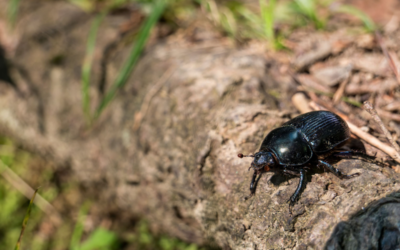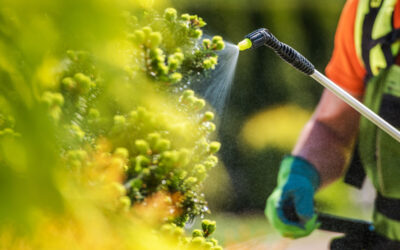 Stowing away in wooden shipping materials, the Emerald Ash Borer sneaked into Michigan from northeastern Asia around 2002. Since then, it has spread from the Upper Midwest, where it has devastated urban landscapes, to as near as Boulder County, where the Colorado Department of Agriculture estimates it has been for 3-4 years.
Stowing away in wooden shipping materials, the Emerald Ash Borer sneaked into Michigan from northeastern Asia around 2002. Since then, it has spread from the Upper Midwest, where it has devastated urban landscapes, to as near as Boulder County, where the Colorado Department of Agriculture estimates it has been for 3-4 years.
Effects of the Emerald Ash Borer
The small green beetle’s females lay eggs in bark crevices in ash trees and the larvae feed under the bark before emerging as adults a year or two after hatching. In its native area, the beetle doesn’t cause significant damage, but in Europe and North America, where ash trees are denser and haven’t developed natural defenses, the beetle is invasive and has devastated tens of millions of trees.
The Emerald Ash Borer in Denver and Boulder
With an estimated 1.45 million ash trees in the Denver metro area, state forest service officials say an infestation could affect up to one of every six trees in the area and cause as much as $82 million in damages. Denver hopes to avoid it by educating private property owners, where over 90% of ash trees are located. In anticipation of the Emerald Ash Beetle migrating to Denver, Denver Parks & Recreation has launched the Be a Smart Ash campaign to educate property owners of the dangers posed by the beetle.
As of the moment, the forestry department of Denver Parks and Recreation hasn’t detected traces of the beetle in the city, but with infestations of the beetle—which has no natural predators— as close as Boulder and Longmont, city forester Rob Davis says the time to start preventive treatment is now.
Protect Trees from Emerald Ash Borer
Systemic treatment of the trees is the best defense against the Emerald Ash Borer. If you have ash trees on your property, call Donovan Arborists at 303-623-8733 or send us an online request for more information regarding this treatment and to learn the best approach to protecting your landscape from this emerging threat.




